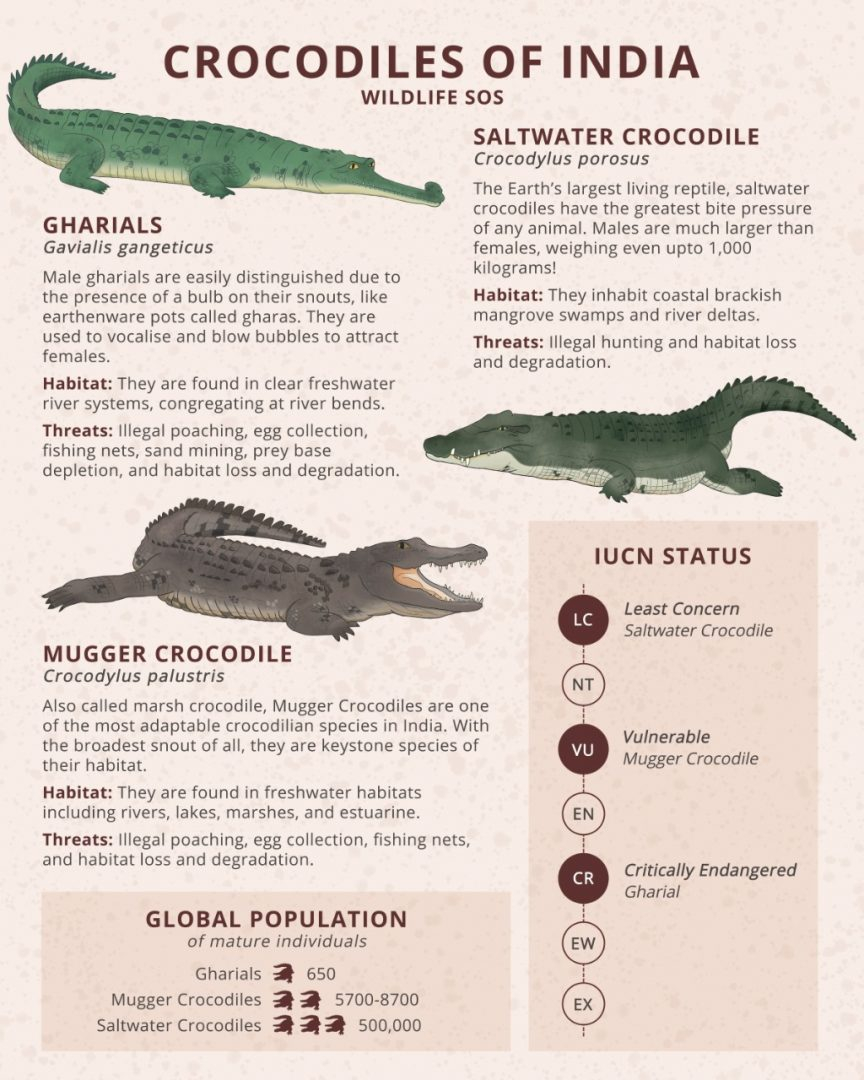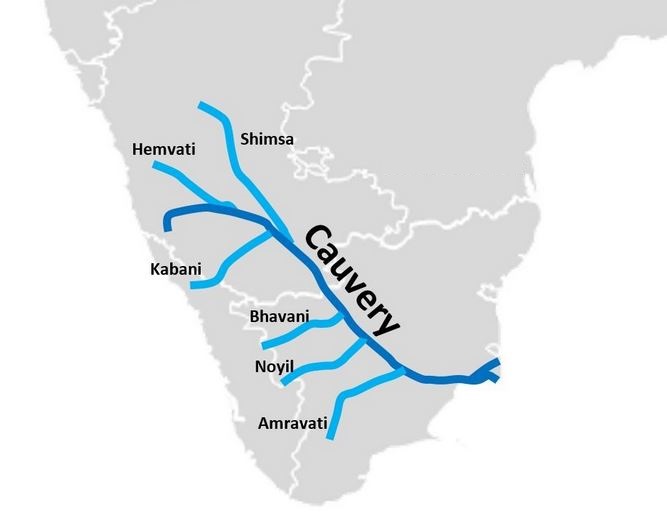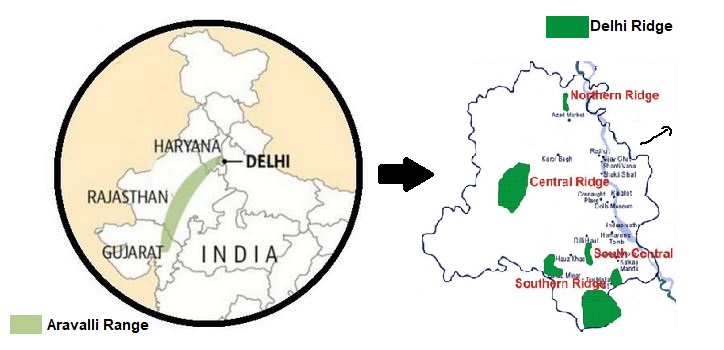Why in the news?
Voters have cleverly embraced the idea of constitutional principles to protect their freedoms. It’s now everyone’s responsibility, including elected officials, citizens, and the judiciary, to ensure that there’s no overreach.
Constitutional Provisions:
- Article 99: Mandates that every member of Parliament must take an oath or affirmation to uphold the Constitution.
- Third Schedule: Specifies the form of oath or affirmation that members of Parliament, judges of the Supreme Court, and High Courts must take.
- Part III (Fundamental Rights): Guarantees civil liberties, such as the rights to equality, freedom of speech, and right to life.
- Part IV (Directive Principles of State Policy): Provides guidelines for governance, directing the state in certain policy matters for the welfare of citizens.
Basic Structure and Foundational Principles:
- Kesavananda Bharati Case (1973): Established the doctrine that certain features of the Constitution are beyond the amending power of Parliament if they violate its “Basic Structure”, ensuring that fundamental principles like democracy, secularism, judicial review, and federalism cannot be altered.
- Foundational Principles: Include the rule of law, separation of powers, judicial independence, and protection of fundamental rights.
Basic Structure and foundational principles should never be allowed to be eclipsed
- Protection of Fundamental Rights: The Basic Structure doctrine protects fundamental rights and core principles like democracy, secularism, judicial independence, and federalism in India.
- Preservation of Constitutional Balance: Eclipsing the Basic Structure and foundational principles could upset the delicate balance of powers among the legislature, executive, and judiciary. These principles ensure that no single branch of government becomes disproportionately powerful, thereby maintaining the checks and balances essential for democratic governance.
- Upholding the Rule of Law: The Basic Structure doctrine reinforces the supremacy of the Constitution as the supreme law of the land. By preventing its core principles from being undermined or diluted through constitutional amendments or legislative actions, it ensures that all state actions, including laws passed by Parliament, are consistent with constitutional norms and the rule of law.
Significance of “Judicial Overreach”:
- Protection of Rights: Judicial overreach often arises when courts intervene to protect fundamental rights guaranteed by the Constitution, especially when legislative or executive actions are perceived to violate these rights.
- Checks and Balances: It serves as a crucial check on the powers of the legislature and executive, ensuring that their actions conform to constitutional principles and do not exceed their authority.
- Defending the Constitution: Courts may intervene to uphold the supremacy of the Constitution, ensuring that laws and actions comply with its provisions, including the Basic Structure doctrine established in the Kesavananda Bharati case.
Criticisms of judicial overreach:
- Interference with the Separation of Powers: Critics argue that judicial overreach interferes with the constitutional principle of separation of powers.
- Lack of Accountability: Another criticism of judicial overreach is that the judiciary is not accountable to the people in the same way that elected representatives are. Because Judges are appointed, not elected
- Dilution of Democracy: Some critics argue that judicial overreach can undermine the democratic process by taking important decisions out of the hands of elected officials and placing them in the hands of judges.
Mains PYQ:
Q What was held in the Coelho case? In this context, can you say that judicial review is of key importance amongst the basic features of the Constitution? (UPSC IAS/2016)







